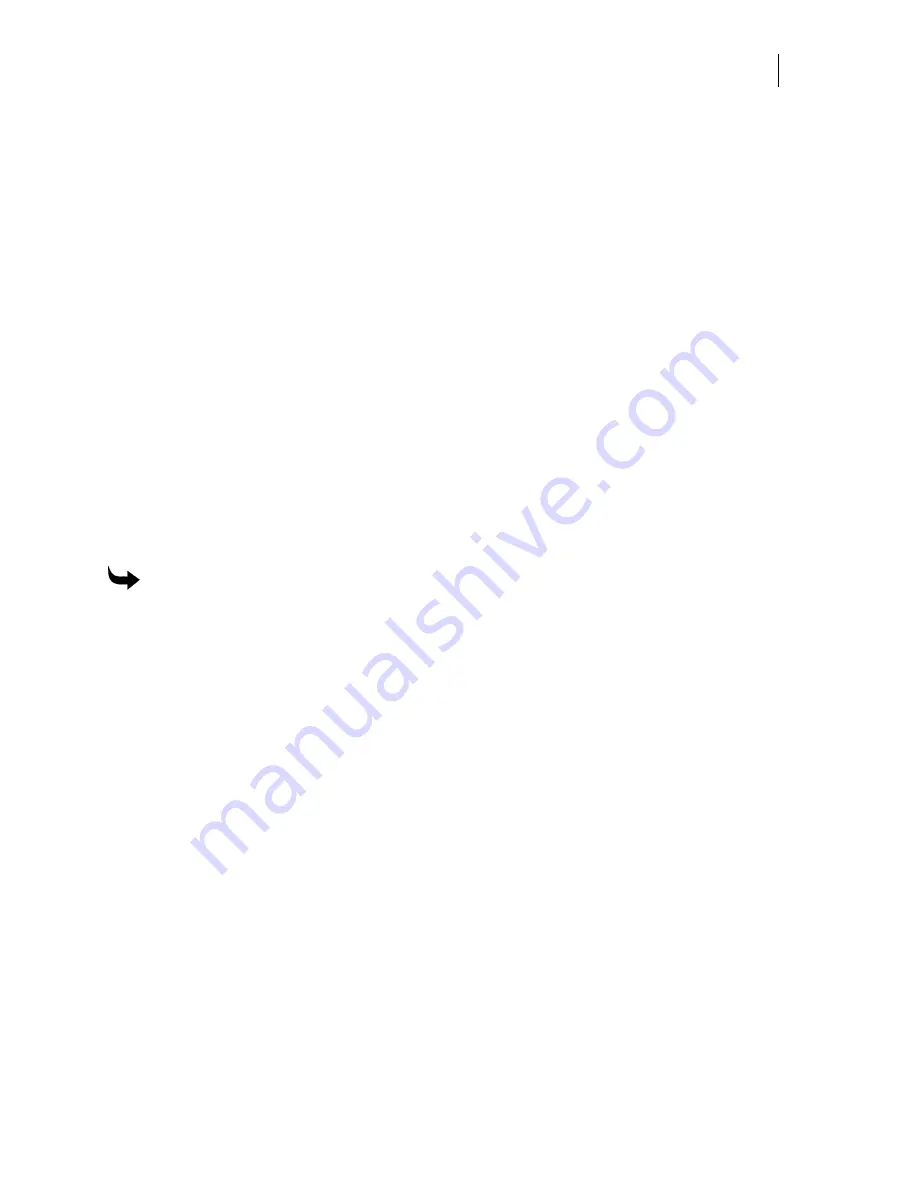
213
Chapter 18:
Choosing and Assigning Halftones
The choice of halftone that you assign can significantly change the appearance of the fill.
Unfortunately, choosing a halftone is not an exact science. This chapter presents guidelines and
procedures for choosing and assigning halftones.
What is a halftone?
A halftone is the dot pattern the printer lays down when printing process colors or spot colors
with a tint percentage. Halftones have two attributes
−
the dot pattern (usually referred to as
type
) and the size of the dots (usually referred to as
lines per inch
(LPI)).
To view samples of different halftone types and the effect of changing the LPI, OMEGA
provides a halftone sample chart for you to print on your thermal printer and review while
reading about choosing types and LPI. The sample chart prints on Scotchcal 220 using CMYK
process foils.
To print the halftone sample chart
1
Open GSPPlot to display the Open dialog box.
2
Open the following file:
C:\Jobs\Samples\Halftone.plt
3
Click Print to Device in the toolbar. The chart is printed.
When reviewing this chart, notice that the CMYK values are the same for each halftone sample,
yet because of the different halftone types and LPI’s used, the samples appear to be different
colors. This chart is a good example of how halftones can change the appearance of the fill.
Choosing the best halftone for the fill
Each halftone offers specific advantages. Choosing the best halftone is more of an art than a
science. In evaluating which halftone to choose, it may be helpful to start by answering some
questions. What is the purpose of the job? What size? What viewing distance? What colors?
What printer are you using?
As you gain more experience, you will discover the most useful type and LPI for your work.
Also, try pushing the LPI limits for special effects. In many cases, exaggerated large or small dot
sizes can yield dramatic new output from the same object or image.
Although OMEGA software will allow for a complete range of halftones, it is best to use larger
halftone dots (a lower LPI) for optimum printing with the GERBER MAXX. A Non-Optimized
Halftones Detected dialog box appears when a MAXX 2 job is sent to print if the chosen
halftones in the job are too small for optimal print quality.
Summary of Contents for OMEGA CP
Page 16: ......
Page 20: ......
Page 36: ......
Page 42: ...28 Chapter 4 Saving Files...
Page 44: ......
Page 68: ......
Page 92: ......
Page 96: ...82 Chapter 7 Selecting Elements of the Design...
Page 98: ......
Page 132: ......
Page 146: ......
Page 154: ......
Page 162: ......
Page 182: ......
Page 188: ......
Page 204: ......
Page 234: ......
Page 238: ......
Page 244: ......
Page 254: ...240 Chapter 22 Strokes Adding Print Thickness to the Outline of Objects...
Page 256: ......
Page 282: ......
Page 320: ......
Page 346: ......
Page 358: ......
Page 380: ......
Page 386: ......
Page 418: ......
Page 422: ......
Page 452: ......
Page 462: ......
Page 476: ......
Page 512: ...498 Chapter 44 Creating Special Effects...
Page 514: ......
Page 520: ......
Page 530: ......
Page 540: ......
Page 552: ......
Page 564: ......
Page 606: ......
Page 614: ...600 Chapter 51 Sending the Job to a Plotter or Printer...
Page 694: ......
Page 700: ......
Page 734: ......
Page 748: ......
Page 760: ...746...
Page 776: ......
Page 786: ......
Page 790: ......
















































